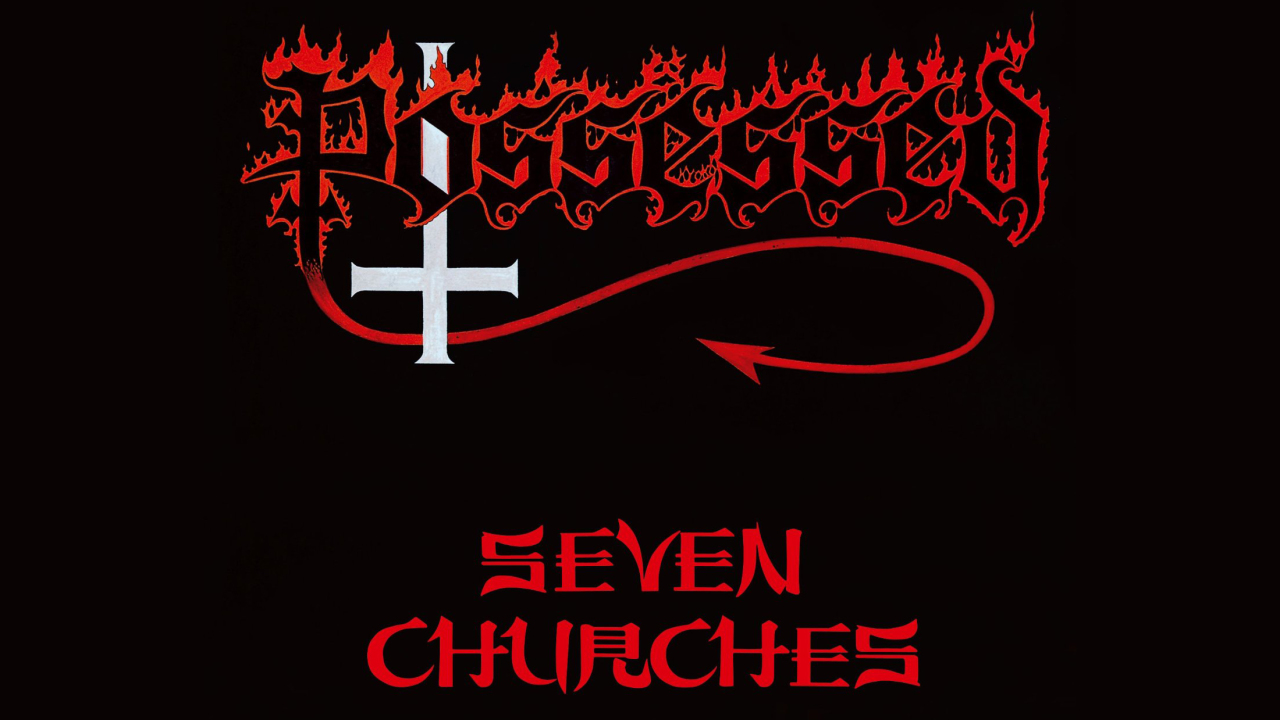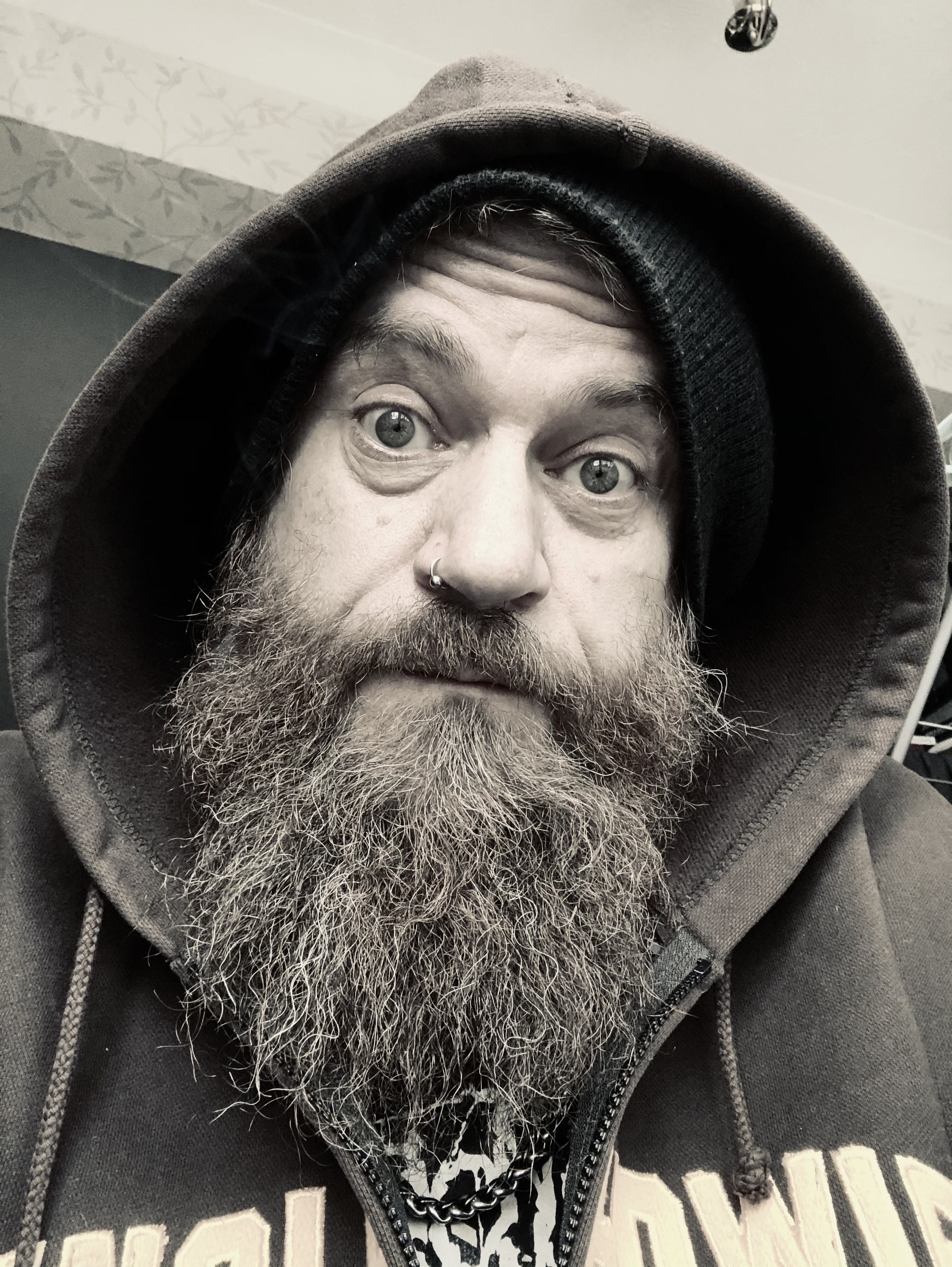There are numerous bands and albums that keen observers of heavy music’s evolution might cite as the true starting point for death metal, but there is really only one record that deserves such an accolade.
Possessed’s debut album Seven Churches was released in October 1985, two years before Death’s Scream Bloody Gore hit the racks and a full year before Slayer unleashed Reign In Blood. The mid-80s were a time of constant mutation in the metal scene: thanks to Metallica, Megadeth and their most notable peers, thrash metal was beginning to exert its global influence, becoming a serious commercial proposition in the process, but as is so often the case, the diehards of the metal underground were already plotting new ways to preserve the extremity and nefarious edge that had been so roundly mocked when Venom first took heaviness straight to hell.
Although firmly rooted in thrash and undeniably influenced by its chief protagonists, Jeff Becerra’s Possessed were in hot pursuit of something dirtier, nastier and more palpably twisted than anything on Ride The Lightning or Peace Sells. Instead, Seven Churches embraced the sinister and the malevolent with bug-eyed alacrity, exhibiting a stronger kinship with the likes of Celtic Frost and Bathory – both of whom released landmark albums in 1985, with To Mega Therion and The Return… respectively – than with the shinier, more tightly-structured approach of thrash metal’s burgeoning heavyweights.
Kicking off with The Exorcist, replete with a snatch of Mike Oldfield’s Tubular Bells, lovingly recreated by producer Randy Burns to specifically evoke the 1973 horror movie of the same name, Possessed’s debut was simply rawer, more aggressive and way scarier than anything a metal band had conjured before. Cheerfully flying the flag for Satan, songs like Pentagram, Burning In Hell and Fallen Angel certainly boasted fearsome, lacerating hooks, but Seven Churches was not an album aimed at mainstream ears. Instead, it sought to drag metalheads howling into the abyss, with riffs that churned and flayed with hellish intent and, courtesy of Becerra himself, vocals that sounded like anguished shrieks from Beelzebub’s own fiery torture chamber.
Most importantly, Seven Churches laid down the blueprint for death metal in no uncertain terms. While Chuck Schuldiner’s Death undoubtedly became the genre’s standard bearers, Possessed not only provided its name – the album’s closing track, Death Metal, is routinely cited as the moment the phrase was first coined with confidence – but also defined the combination of flat-out brutality, whiplash-inducing speed and unhinged, macabre imagery that would swiftly become key elements in death metal’s essential formula. It is impossible to imagine classic albums like Morbid Angel’s Altars Of Madness, Autopsy’s Severed Survival or Cannibal Corpse’s Eaten Back To Life existing in their eventual form without the influence of Becerra’s riffs and vocal delivery, or indeed Randy Burns’ punishing, scabrous production job. That this album was conceived and executed by snotty teenagers from the San Francisco suburbs makes the whole seminal enterprise even more impressive and laudable.
If you ever wonder why underground metal purists bemoan the aesthetic qualities of much modern metal, the harrowing atmospheres and intense sense of barely-controlled chaos that made Seven Churches such a startling and enduring piece of dark art say it all: extreme metal was never supposed to be polished or polite – it was meant to boot open the doors to Hell itself, releasing demons that can never be tamed and high-fiving the Omnipotent Goatlord into the bargain. 30 years on, this ageless masterpiece still wields astonishing, otherworldly power.

